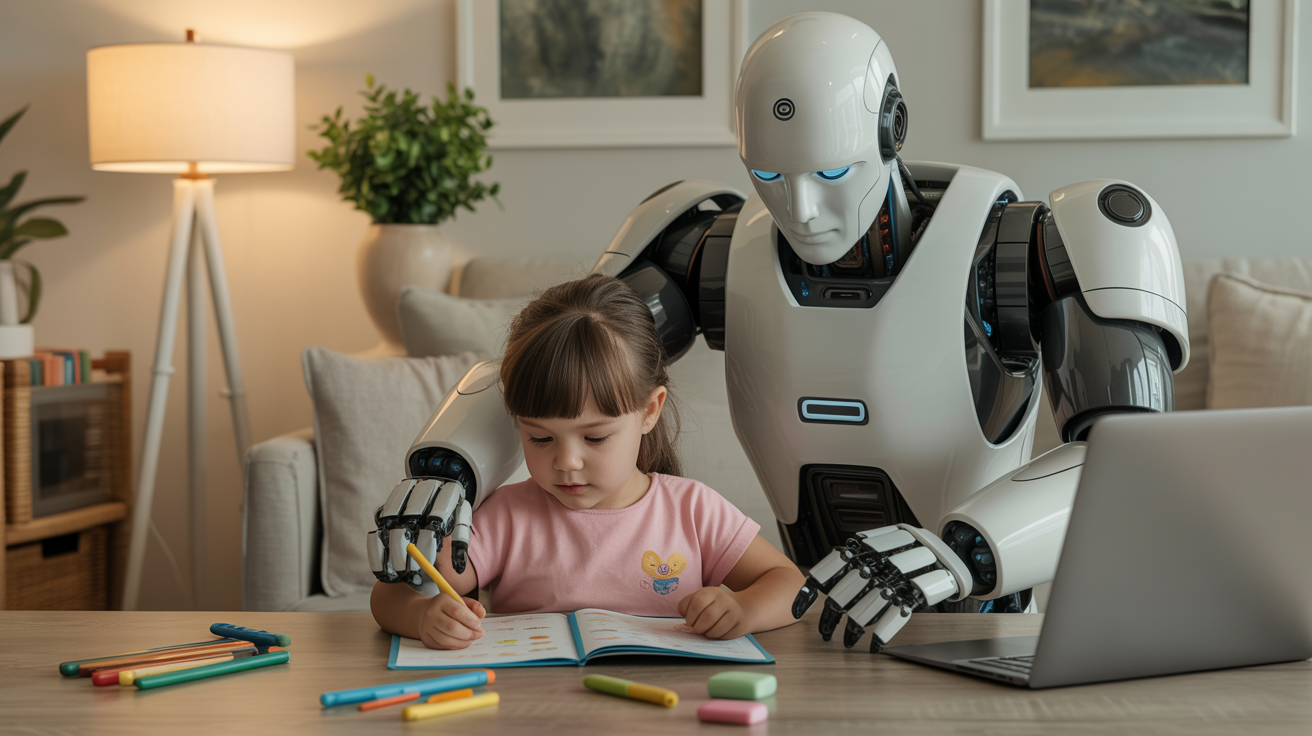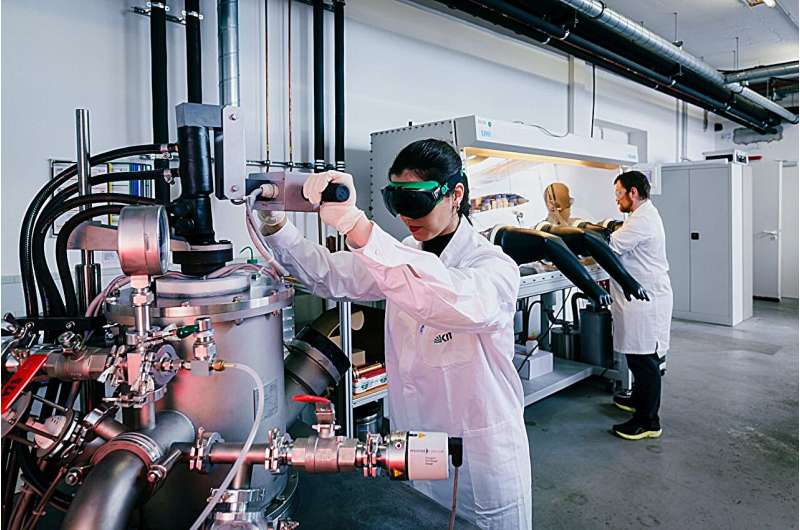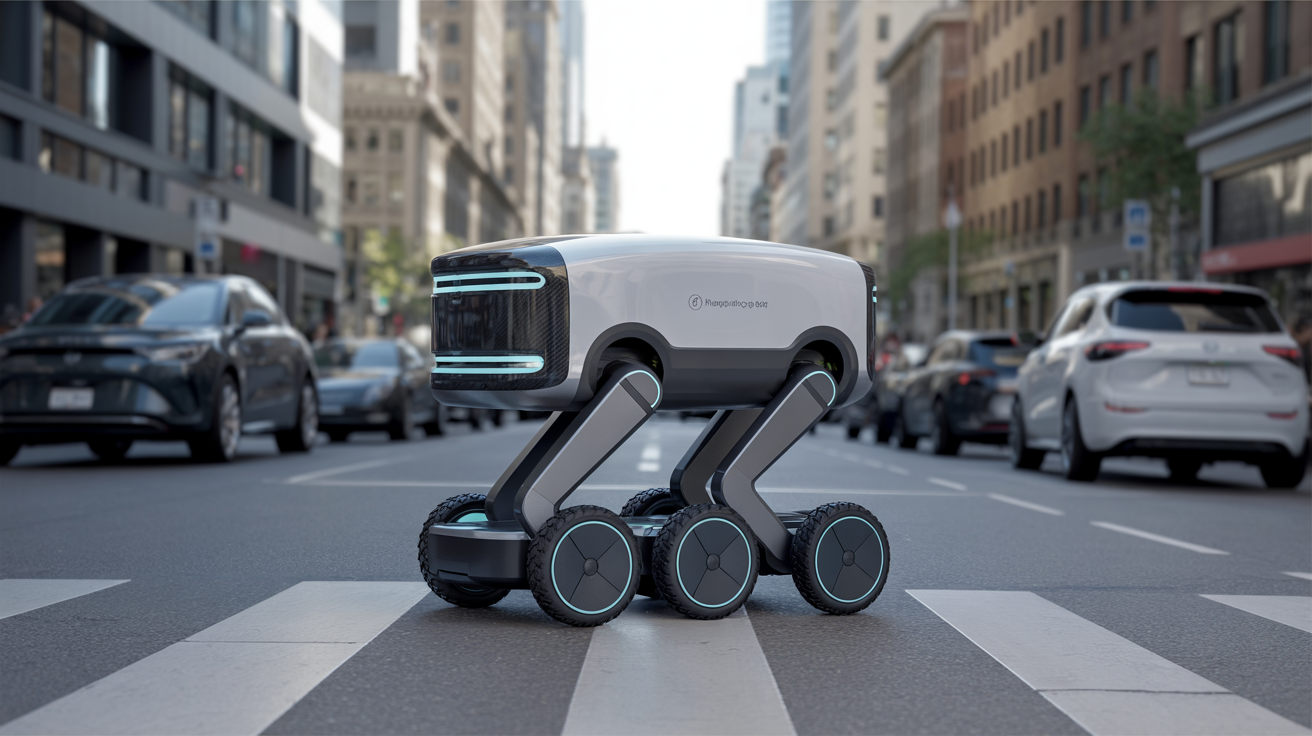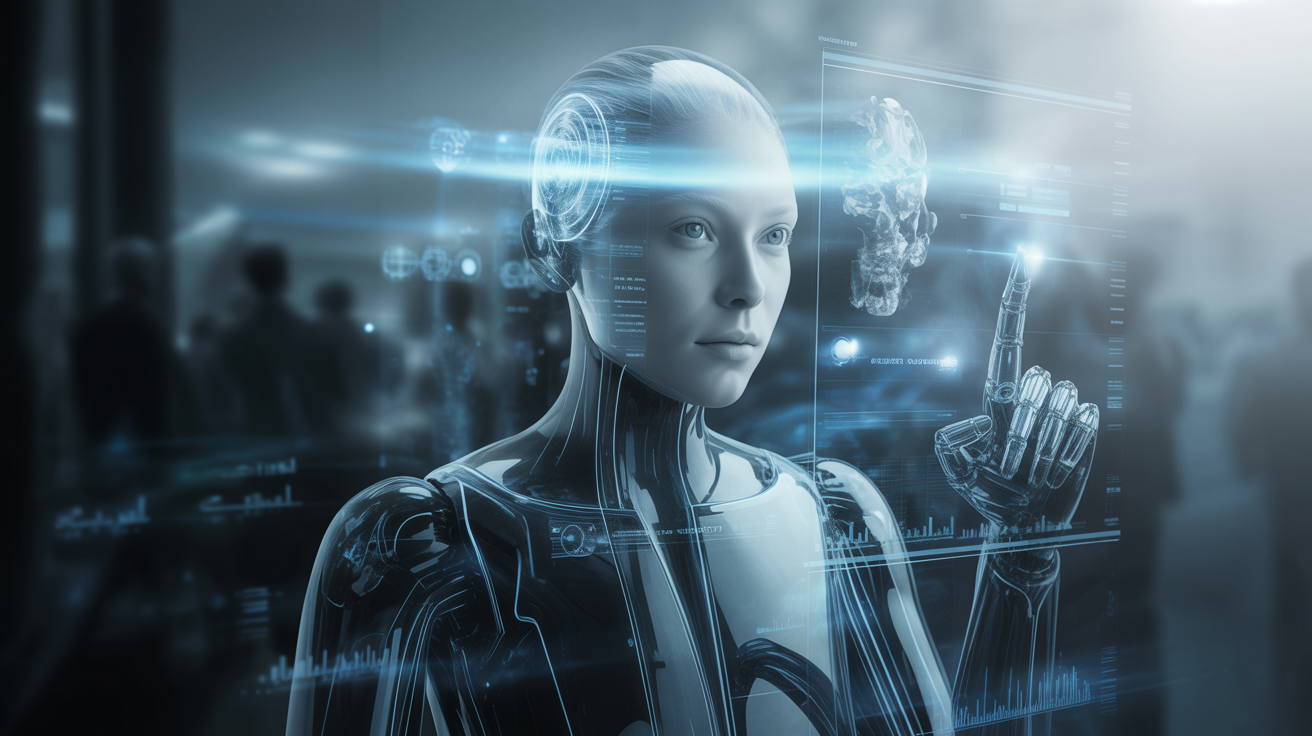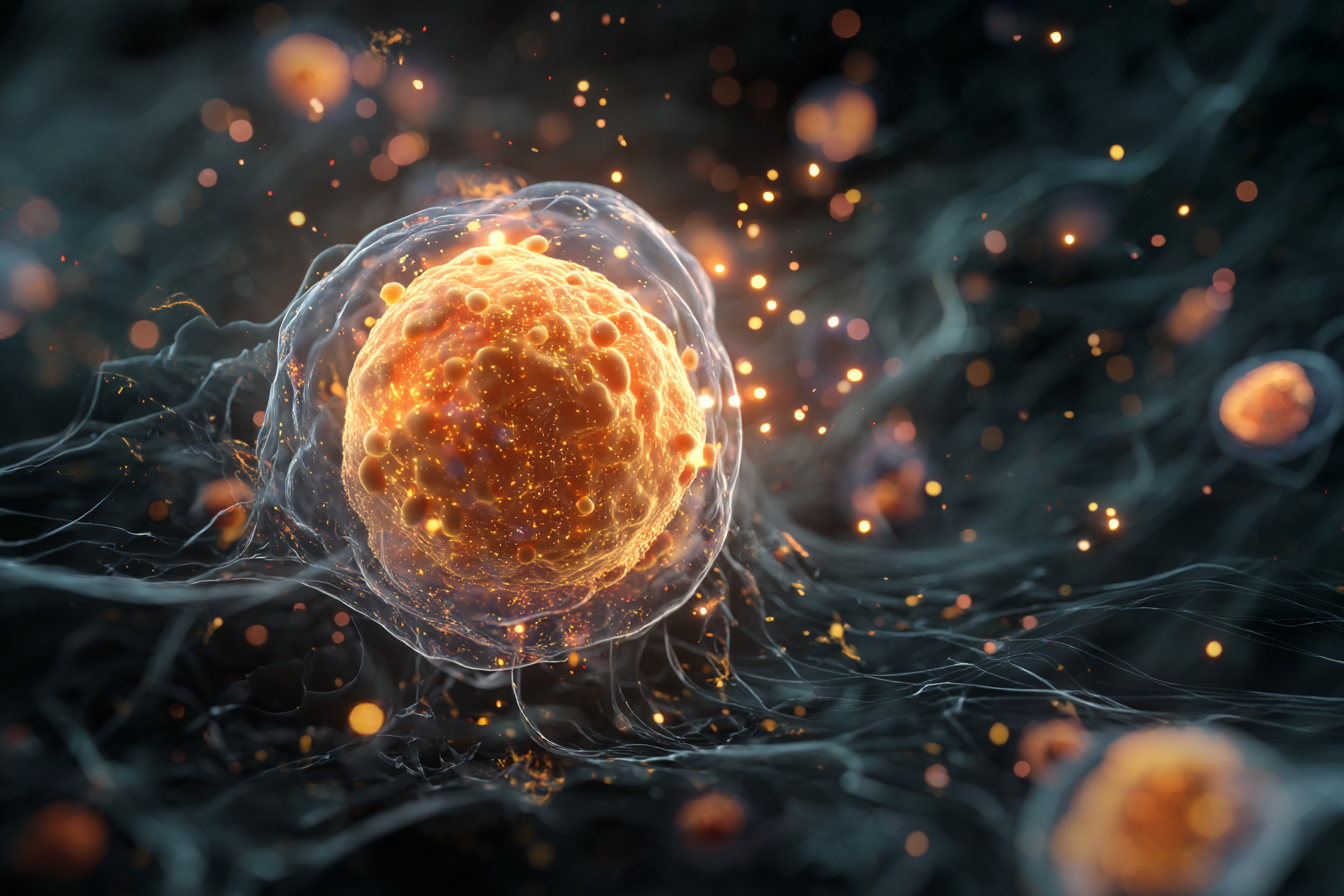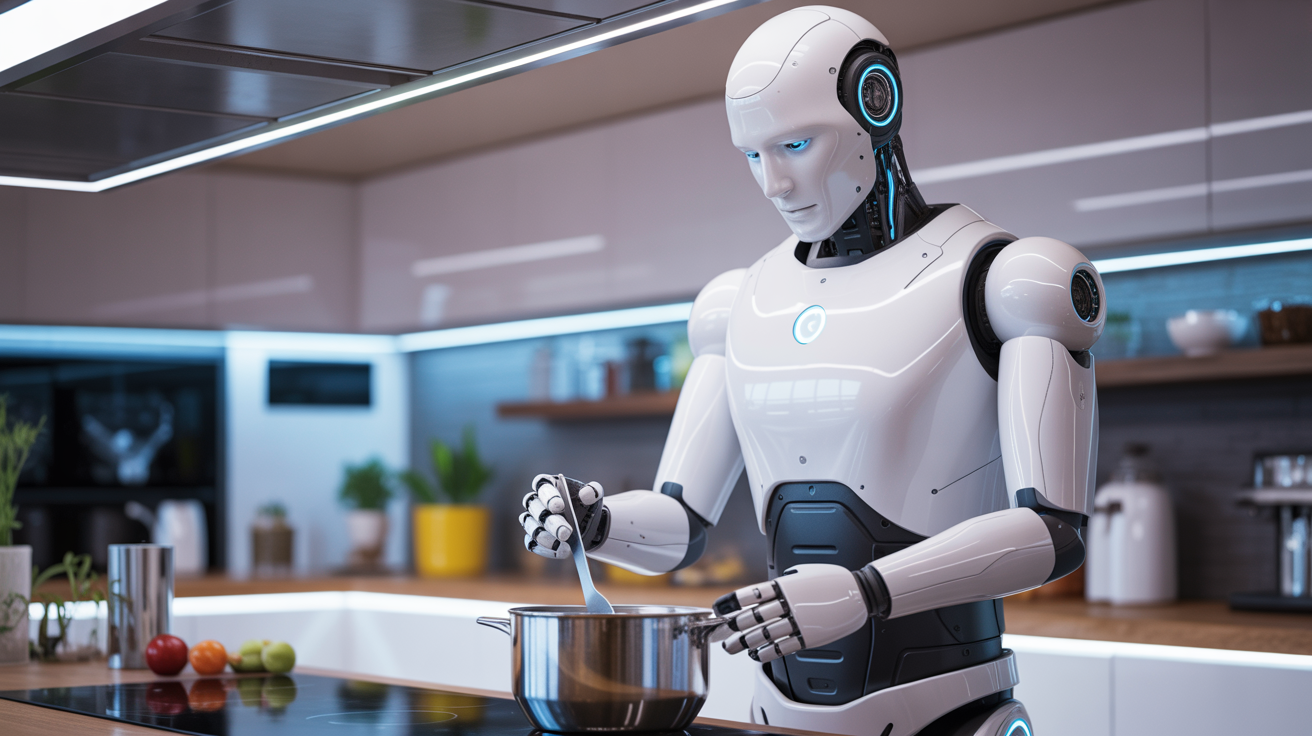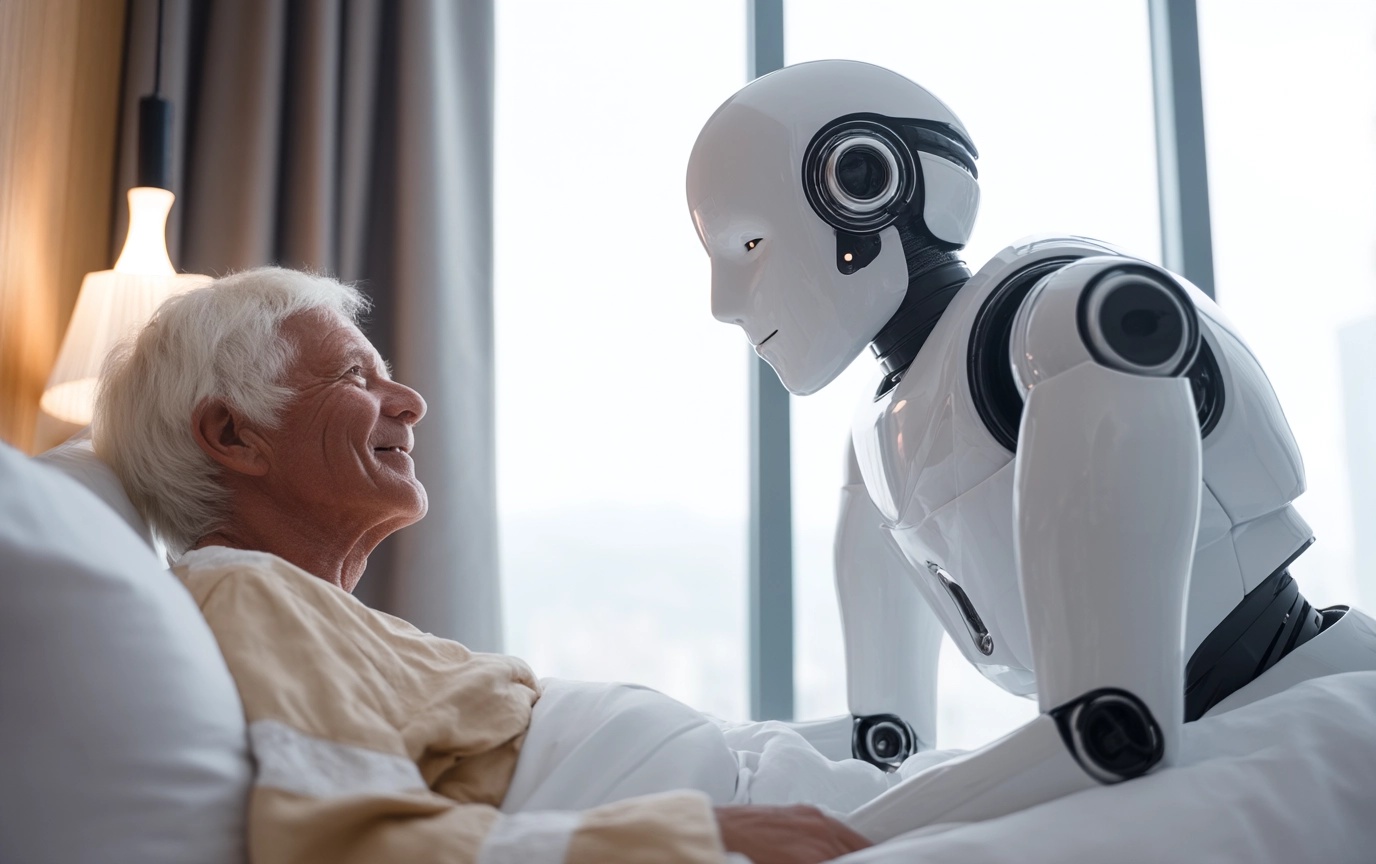By Futurist Thomas Frey
By 2040, one in four dual-income families in developed nations employs a full-time humanoid childcare robot—a machine capable of supervising, teaching, playing, and even offering emotional reassurance to young children. These aren’t metallic nannies with blinking lights—they’re soft-skinned, expressive, conversational companions that can detect mood shifts, sing lullabies in perfect pitch, and respond to a child’s tone of voice faster than any human could. The provocative truth? Parents are starting to admit that they trust the robots more than human babysitters.
Continue reading… “The Childcare Provider Parents Secretly Trust More”
